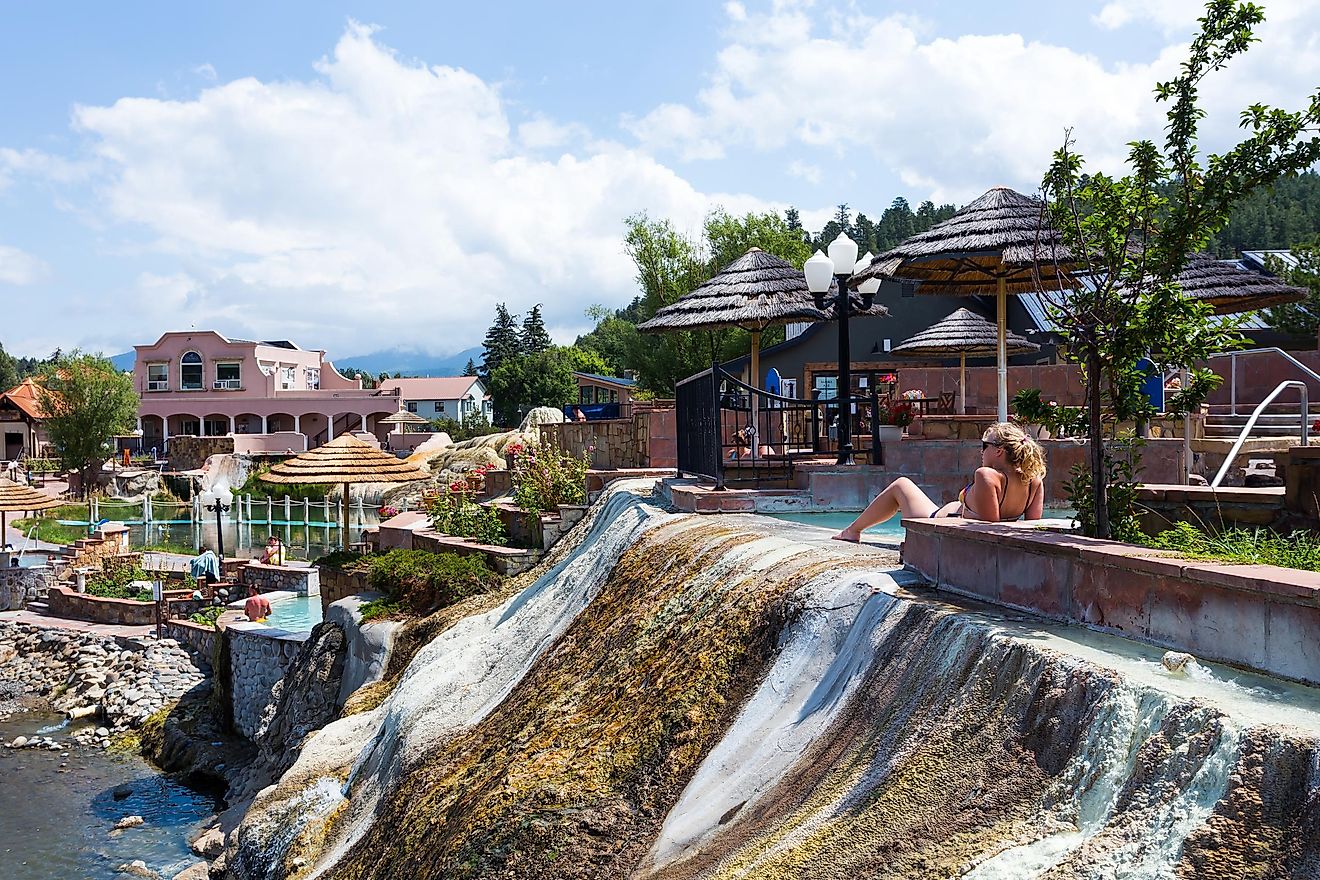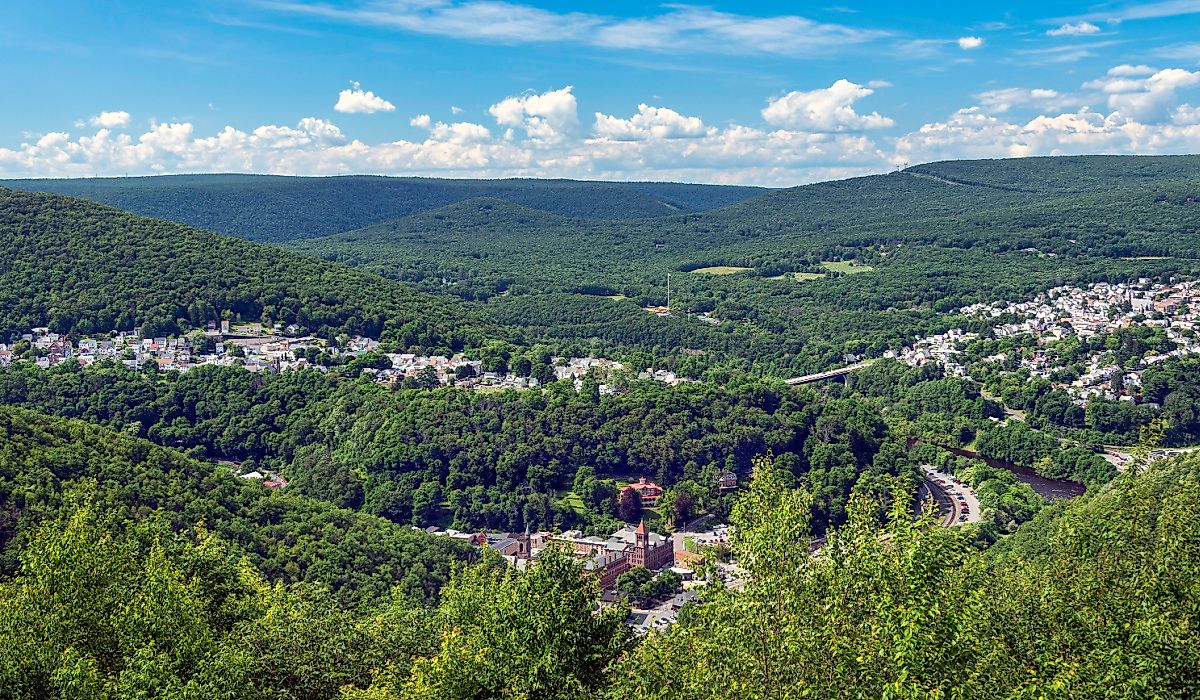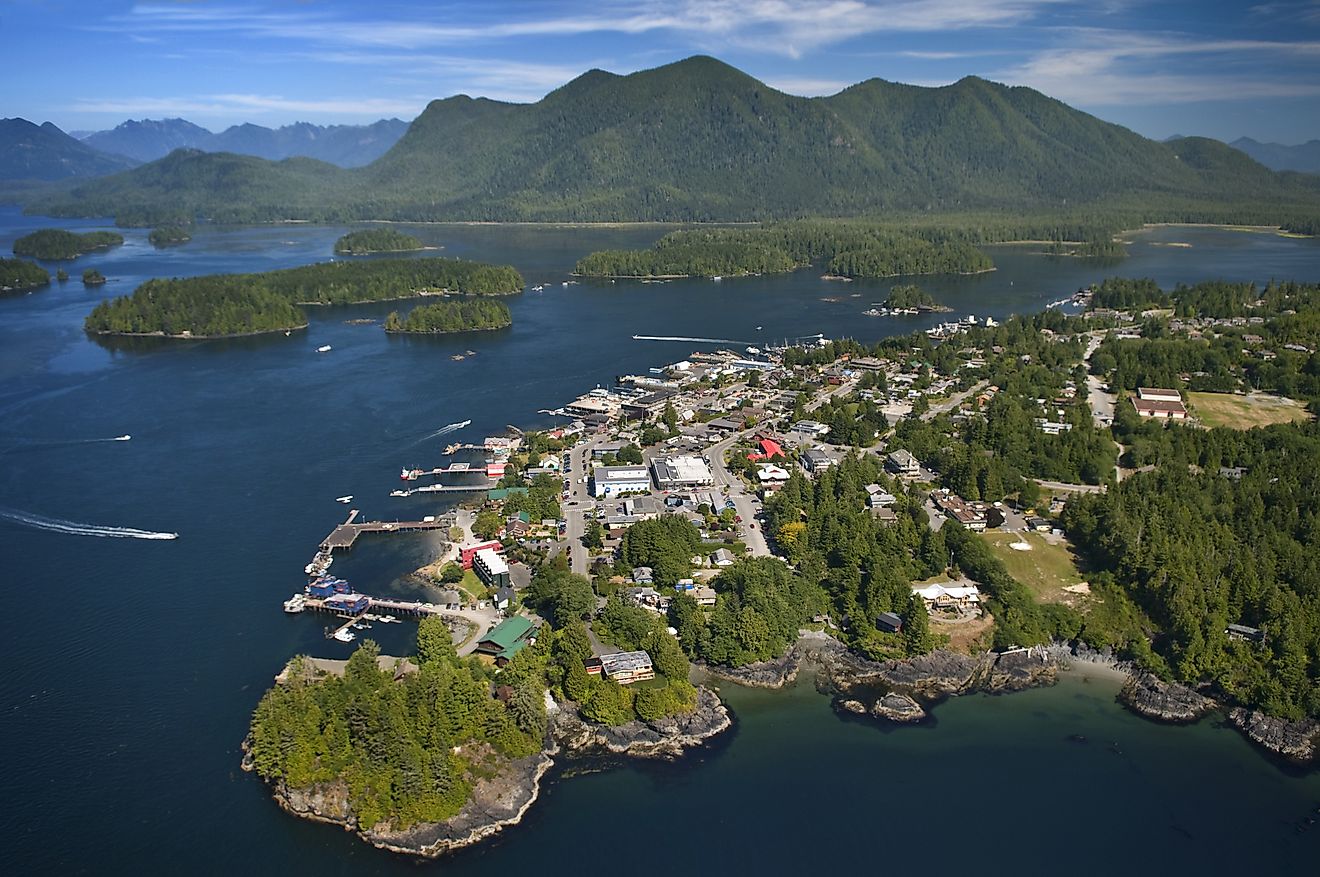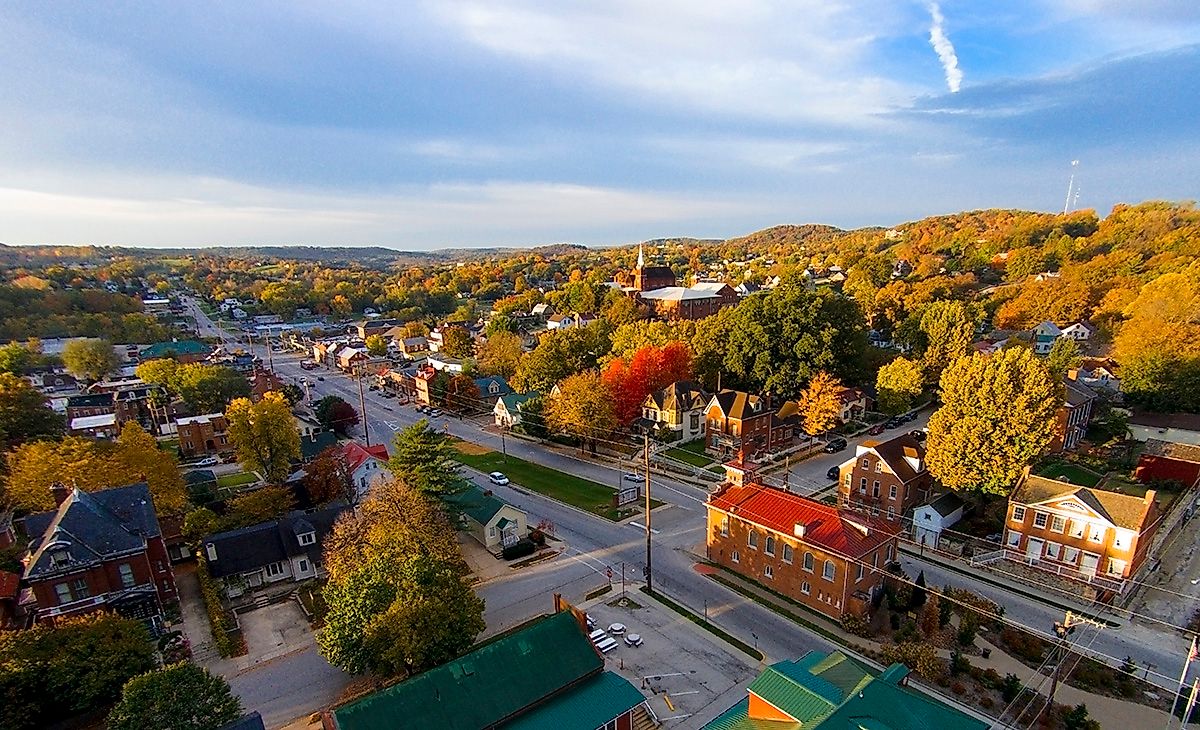
5 Must-See Historic Forts In South Dakota
South Dakota’s history is written in its forts, where soldiers, traders, and settlers shaped the course of the Great Plains. From military outposts guarding wagon trails to bustling fur trading hubs, these sites witnessed the push and pull between cultures, the march of westward expansion, and the daily grind of life on the frontier.
Many were built to protect settlers during times of conflict with Native American tribes, while others thrived as centers of commerce, exchanging buffalo robes for goods from across the country. Some stand in remarkable preservation today, while others survive through ruins and interpretive signs. Yet each carries a unique story that offers a window into the 19th century. Whether you’re a history enthusiast, a road-trip traveler, or simply curious about the state’s past, exploring these forts reveals more than dates and names; it brings you face-to-face with the grit, resilience, and ambition that built South Dakota.
Fort Sisseton Historic State Park (Lake City)
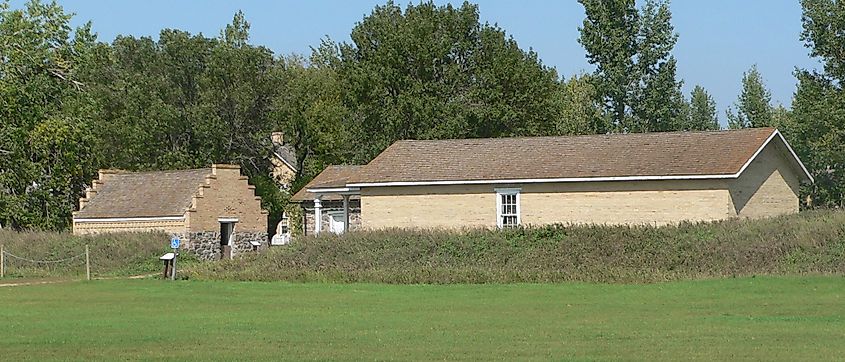
Fort Sisseton Historic State Park began as Fort Wadsworth on August 1, 1864. It was built to stop conflicts between local tribes, allow settlement east of the James River, and guard the northern wagon route to gold fields in Idaho and Montana. Named after Brigadier General James S. Wadsworth, it was renamed Fort Sisseton in 1876, partly to honor the Sisseton Sioux scouts who served there and because there was already another Fort Wadsworth in New York. Visitors can see barracks, the guardhouse, officer quarters, and other buildings today. The Fort Sisseton Historical Festival brings the site to life yearly with reenactments.
Fort Randall (Gregory County)
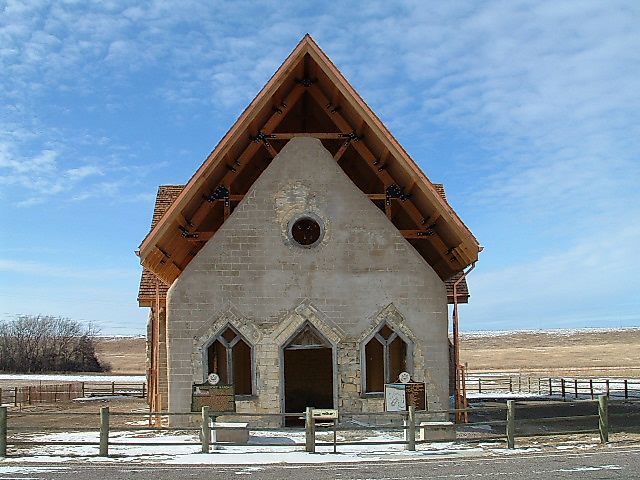
Built in 1856 on a site selected by General William S. Harney, Fort Randall was named after Colonel Daniel Randall and stood on the west bank of the Missouri River near the South Dakota-Nebraska border. The fort served as a key military outpost during campaigns against the Sioux from 1863 to 1865 and remained active longer than any other fort on the upper Missouri. Its mission was to maintain peace between Native Americans and white settlers and maintain order among tribes, including the Ponca, Santee, Yankton, and Teton Sioux. Visitors can see the fort’s chapel today.
Fort Pierre Chouteau (near Fort Pierre)
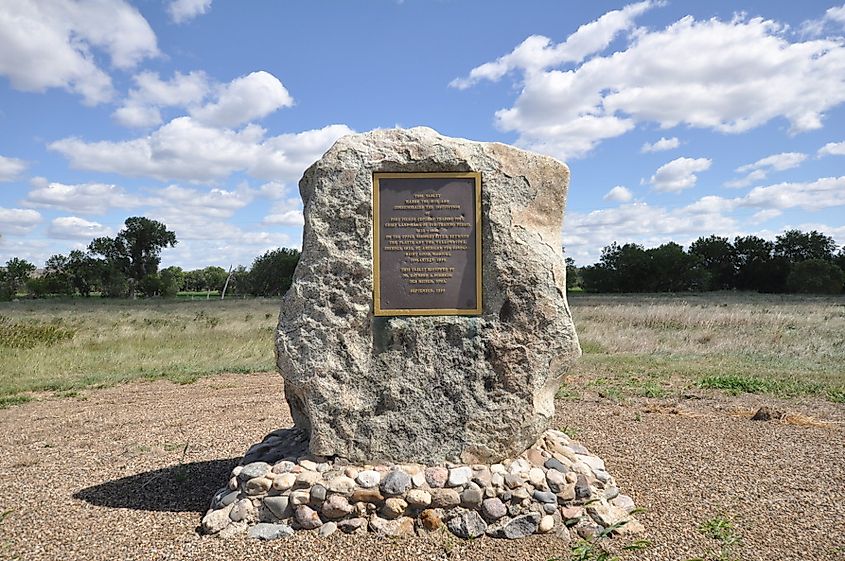
Fort Pierre Chouteau was once the largest fur trading post on the upper Missouri River. Built in 1832 by the American Fur Company after Fort Tecumseh was dismantled, it became a center of commerce in Lakota country. Traders exchanged about 17,000 buffalo robes for guns, tobacco, blankets, coffee, and beads each year. Historic accounts describe hundreds of Native American tepees surrounding the fort during peak trading seasons. The fort had storehouses, stables, and a sawmill. In 1855, it was sold to the U.S. Army, dismantled two years later, and its materials used to build Fort Randall. Little remains above ground today, but the site is a National Historic Landmark with interpretive signs.
Fort Meade (near Sturgis)

Fort Meade in Sturgis was established during the winter of 1878-79 by the 1st and 11th Infantry and the reorganized 7th Cavalry. It was built to protect gold seekers and settlers moving into the Black Hills after the 1877 treaty, during a time of tension with the Sioux. The fort became known for starting the tradition of playing the national anthem at all military functions, a practice that spread nationwide. Today, you can visit the Fort Meade Museum, which displays military uniforms, weapons, and historic photographs. The original buildings still stand, giving a sense of life at the post in the late 1800s.
Fort Sully (Hughes County and Sully County)

Fort Sully in Hughes County was first built in 1863 in the present-day Farm Island State Recreation Area by order of Major General Alfred Sully. The timber fort was abandoned in 1866, and a second Fort Sully was established in what is now Sully County on July 25, 1866. This new fort became the main military headquarters in South Dakota until its closure on October 20, 1894. Located about 28 miles north of Pierre, it played a key role in regional military operations during the late 19th century. Visitors today can explore the area around Farm Island State Recreation Area, which has interpretive trails sharing the fort’s history.
Visiting South Dakota’s historic forts is more than a walk through old barracks and weathered walls; it’s a journey into the heart of frontier history. Some forts are living museums with preserved buildings and reenactments, while others require a bit of imagination to picture the activity that once filled their grounds. Exploring them offers not just lessons in history but a deeper connection to the landscapes and people who shaped this region.
